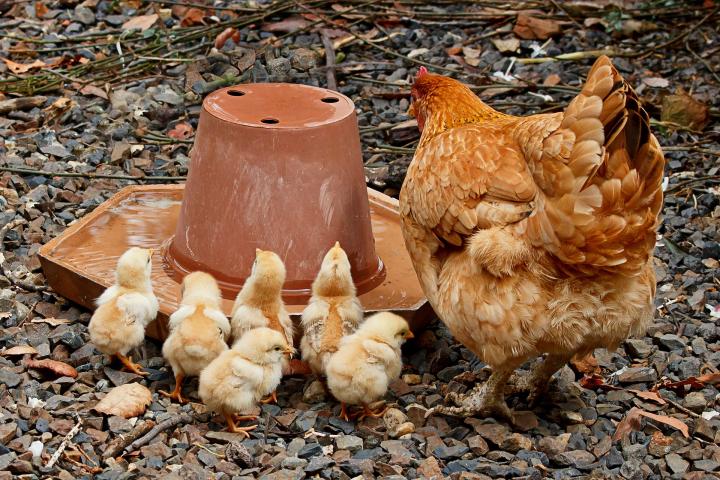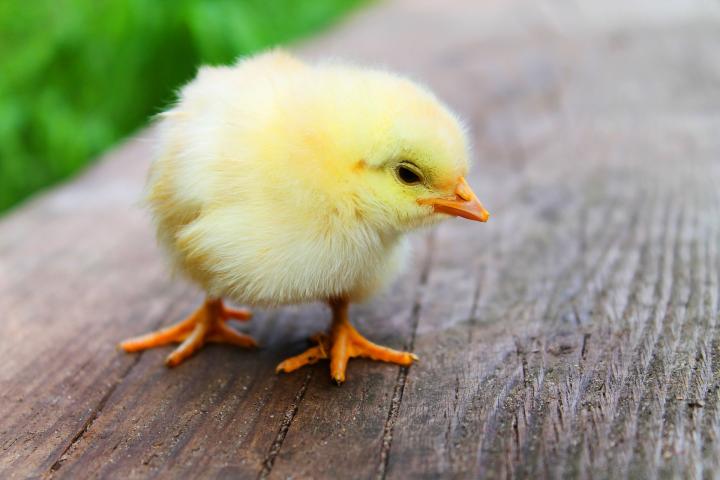
Raising baby chickens in your backyard
ADVERTISEMENT
I have two mature hens and am planning on getting some chicks. If I put them together will the hens mother the chicks or should I integrate them carefully?
Hi Lynn,
You will definitely want to integrate them carefully. As anyone with chickens is aware, they each have distinct personalities, which means sometimes integration is very easy, but with other groups it can be quite ugly. If your established hens see the new arrivals as a threat, even the sweetest birds can turn into remarkably vicious bullies. But thankfully there are steps you can take to help the integration go smoothly. One oft-successful technique is sometimes called the playpen method. This involves making a new enclosure for the young chicks that is placed close enough to the existing birds for them to become familiar with each other, but without physical contact. This method has the added advantage of allowing the chicks to grow a bit, so even if there is still a bit of bullying, they’ll be better able to get past it. One important factor to keep in mind is that your birds be given sufficient space. Overcrowding leads to fighting, which leads to stressed out birds and fewer eggs. Giving your flock plenty of space will go a long way toward peaceful integration. For more on raising and introducing chicks, check out https://www.almanac.com/tips-raising-baby-chicks.
All best,
Joe Bills
Associate Editor
OFA
I have a seperate area in the coop for chick raising. Wondering if it would be fine to move them outside in the coop with a light or heat pad. Temps are 4os and 50s at night. I already have a mom and her chicks in this seperate area. I am thinking with a heat source they should be fine since I have a few babies with mom living out there already. I appreciate your thoughts.
I had only 1 egg of the Silkie breed hatch out of 12 (Sad!!!!) on 6/30. I have 8 of the Delaware breed that mostly hatched on 6/26. The Silkie is lonely!!!! Are they too far apart in age to put together? I am using a red heat lamp. The Silkie is vocalizing a lot!!!! Please give some advice. Maybe move the smallest Delaware in with the Silkie??
Janet, we would try slowly integrating the Silkie in with the Delawares (your idea of the smallest or least-aggressive bird first is ideal). Be sure to monitor them closely during the time period.
Brinsea brooder warmer.
I ordered one of these for my babes. Picture of warmer on internet and on box shows legs to raise the warmer while chix hudde under it.
Brinsea "warmer" came without the legs. I asked the vendor to send the legs. Vendor sent another warmer in the box, BUT, again without legs.
I spoke to "customer service" at Brinsea Florida office on April 28---and ordered legs directly.
As of May 6, legs had not been shipped. I cancelled the order.
These people have no clue that they are should provide vital equipment to very vulnerable babies.
So, I (senior citizen) am forced to warm the babies with a red heat lamp (scary fire hazard) hanging from a tripod.
At what age do you move the chicks from the brooding pen to their coop outdoors?
Hi Nicole! Generally, the idea is to transition your chicks to the outdoor coop between 6 and 8 weeks old. At 6 weeks, chicks need steady temperatures above 65°F. If it is cooler when making the transition, let them stay in the brood a little longer. That is why it is best to begin the process of raising chicks in the spring/early summer. You will want to slowly integrate them to the coop if you have older chickens to minimize stress and conflict. Pay attention to your young chicks to see how they are adjusting. Do they need supplemental heat? Can they find their way into the coop from the outdoor run? Can they escape from the coop and become vulnerable to predators? All things to consider as you help transition your chicks to the next stage of life.
Do chickens need sand or small gravel to digestion?
Yes they do










